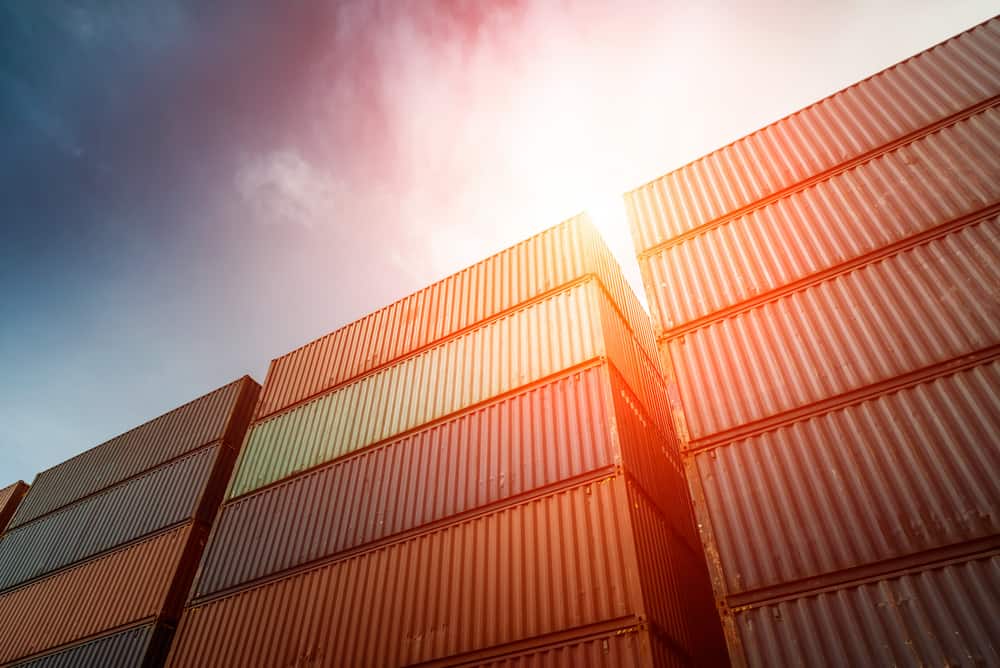647 ships were ordered in H1 2025, marking a 48% drop in terms of CGT from 2024, with China’s market share falling to 51%
After hitting a 15-year high last year, newbuild contracting at mid-2025 slipped 48% year on year in terms of CGT, slowed by economic and geopolitical headwinds, strong prior ordering, and weaker market conditions in some segments.
A total of 647 ships (46.8M dwt, 19.4M CGT) were ordered from January to June, marking a 48% drop in terms of CGT from 2024, according to Clarksons Research.
Contracting declined across most major sectors in the first half: bulkers (-49%), tankers (-30%), and gas carriers (-56%) compared with the 10-year average. Two ship sectors that shined were container ships and passenger vessels.
The ship broker reported 201 container ships (1.9M TEU) were ordered – below the record levels of last year but still 92% above the 10-year average.
Cruise and ferry orders rebounded, with 13 cruise ships (about 51,000 berths) ordered, a significant recovery from pandemic-era lows.
Overall, investment in newbuilding remains strong – 32% above Clarksons’ 10-year average – with shipowners inking deals worth US$67.5Bn in the first half of 2025. Reflected in that increased investment level are higher newbuild prices and the cost of adding green technologies and expensive dual-fuel engines capable of burning alternative fuels.
China’s market share erodes
Chinese shipyards still gained the lion’s share of newbuild orders in the first half of 2025, contracting 51% of new ships based on CGT. This was well below the 70% share that it had in 2024, suggesting a potential drag effect created by recent US government actions targeting China. Chief among these is the market uncertainty created by the port fees proposed by the US Trade Representative that would be imposed on Chinese-owned, -operated and -built ships, as well as foreign-built car carriers. The fees were proposed by the USTR following its determination that China targeting the maritime, logistics, and shipbuilding sectors for “dominance is unreasonable and burdens or restricts US commerce.”
The first phase of fees would be imposed on 14 October 2025. A second phase would see restrictions imposed on the maritime transport of US-produced LNG, requiring the use of US-flag LNG carriers.
The USTR’s actions are paired with President Trump’s executive order, Restoring America’s Maritime Dominance, issued on 9 April 2025 “to revitalise and rebuild domestic maritime industries and workforce to promote national security and economic prosperity.”
A third leg of a US maritime policy is working its way through the US Congress. The SHIPS Act for America is being championed by a bipartisan group of Congressmen led by Senator Mark Kelly (D-Arizona) to kickstart the rebuilding of the US-flag international fleet, with a goal of building 250 ships by 2035.
China’s market share loss was a gain for South Korean and European shipbuilders. Clarksons reported South Korean yardsincreased their market share to 25% of CGT ordered, up from 15% in 2024, while European yards jumped from 5% to 12% in CGT terms, thanks to the surge in cruise ship orders.
Green and silver lining
A silver lining for shipowners is that newbuild prices dipped slightly (1.1%) but remain elevated, with Clarksons Newbuilding Price Index at 187 points.
Shipping’s fuelling transition remains on the minds of shipowners, points out Clarksons. Notably, 56% of GT ordered was alternative fuel-capable, especially in the container ship sector (73% of TEU), reflecting regulatory realities like the FuelEU Maritime, EU Emissions Trading System and new IMO CO2 and greenhouse gas emissions reduction measures.
At the end of the H1 2025, the shipbroker reported the global orderbook has touched 6,007 ships (387.8M dwt, 163.0M CGT), with China holding 59% of CGT. Deliveries were steady year on year, with 889 ships delivered. Full-year output is projected to rise to about 44.7M CGT, driven by increased tanker deliveries and steady output in other segments.




